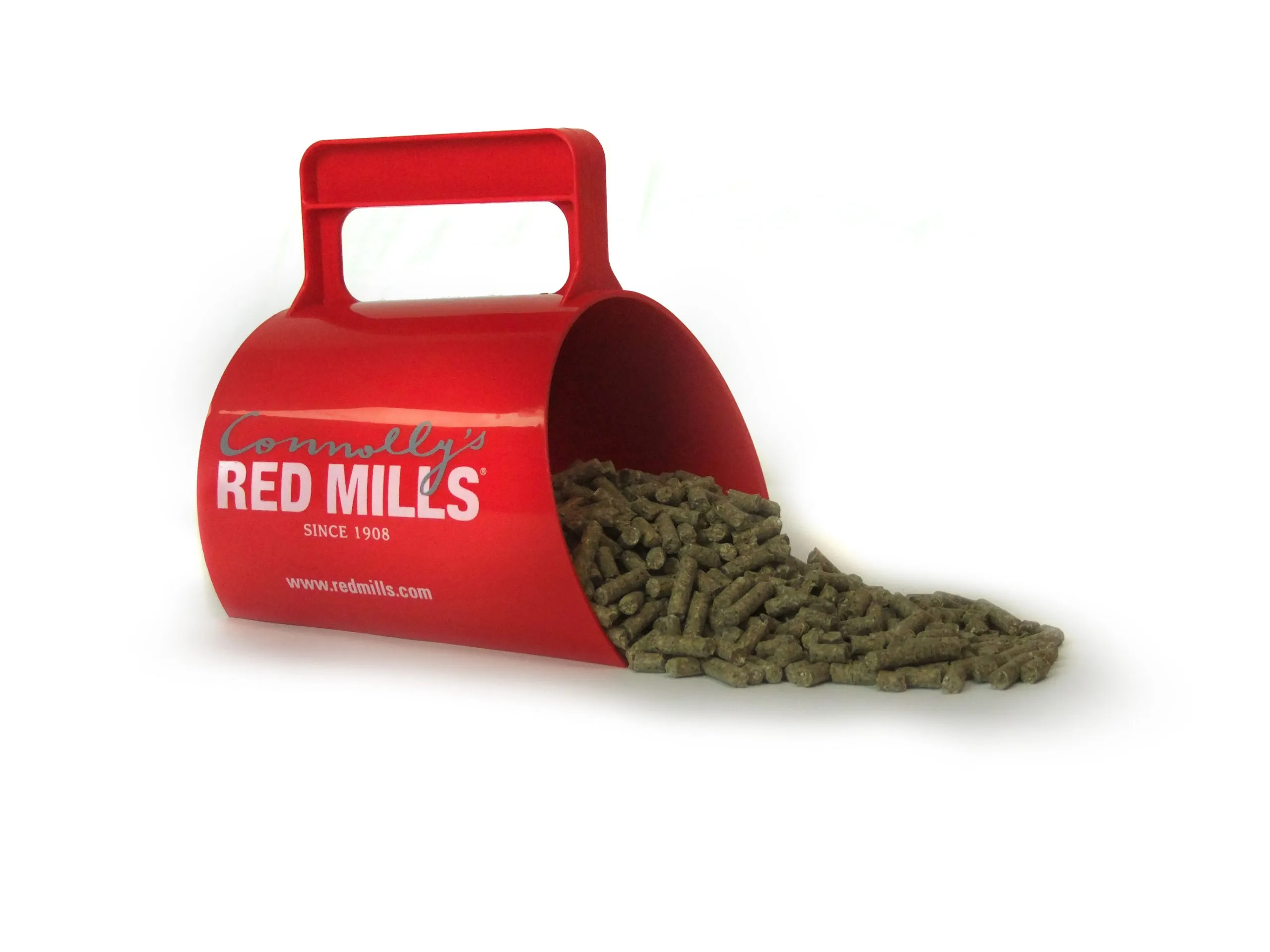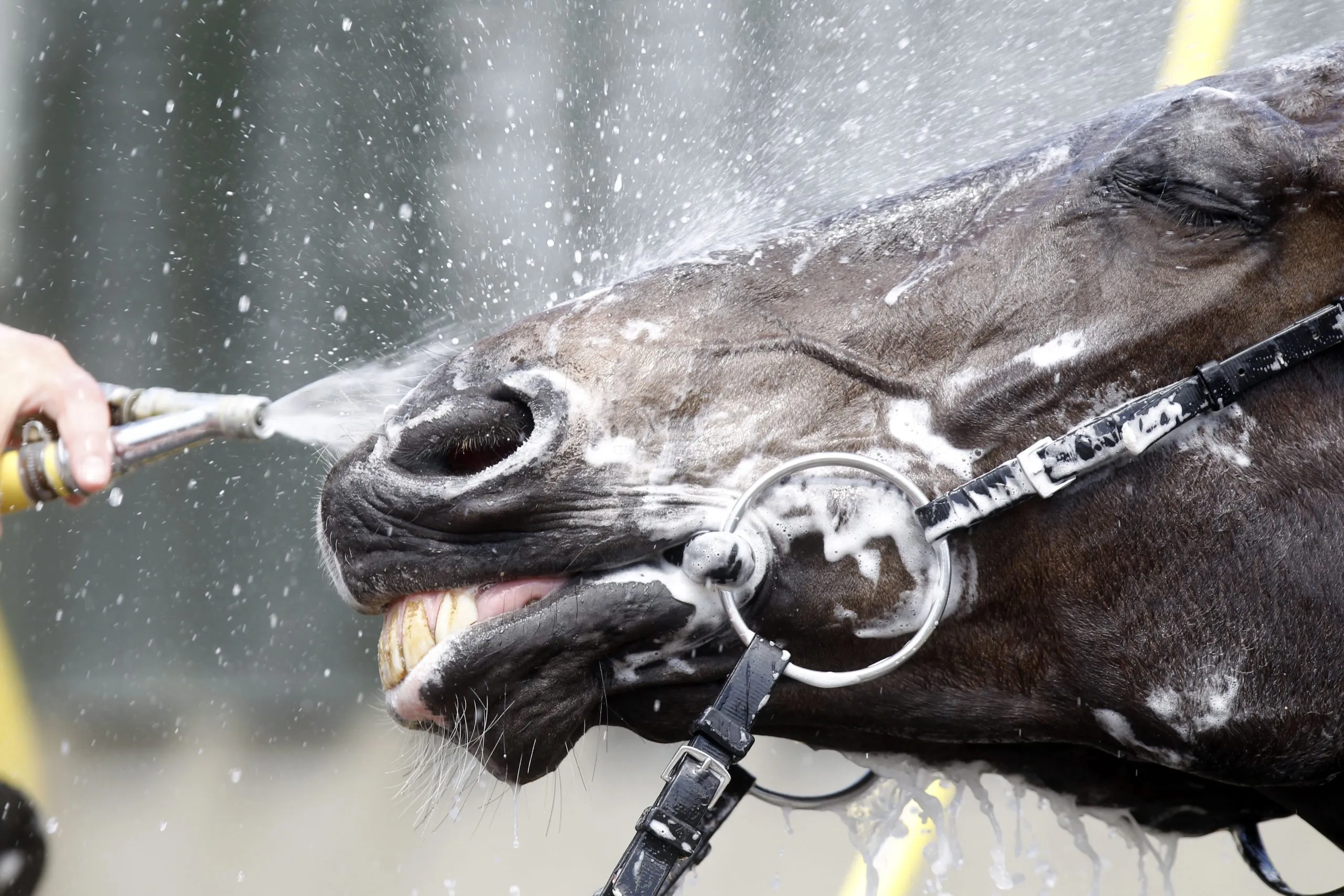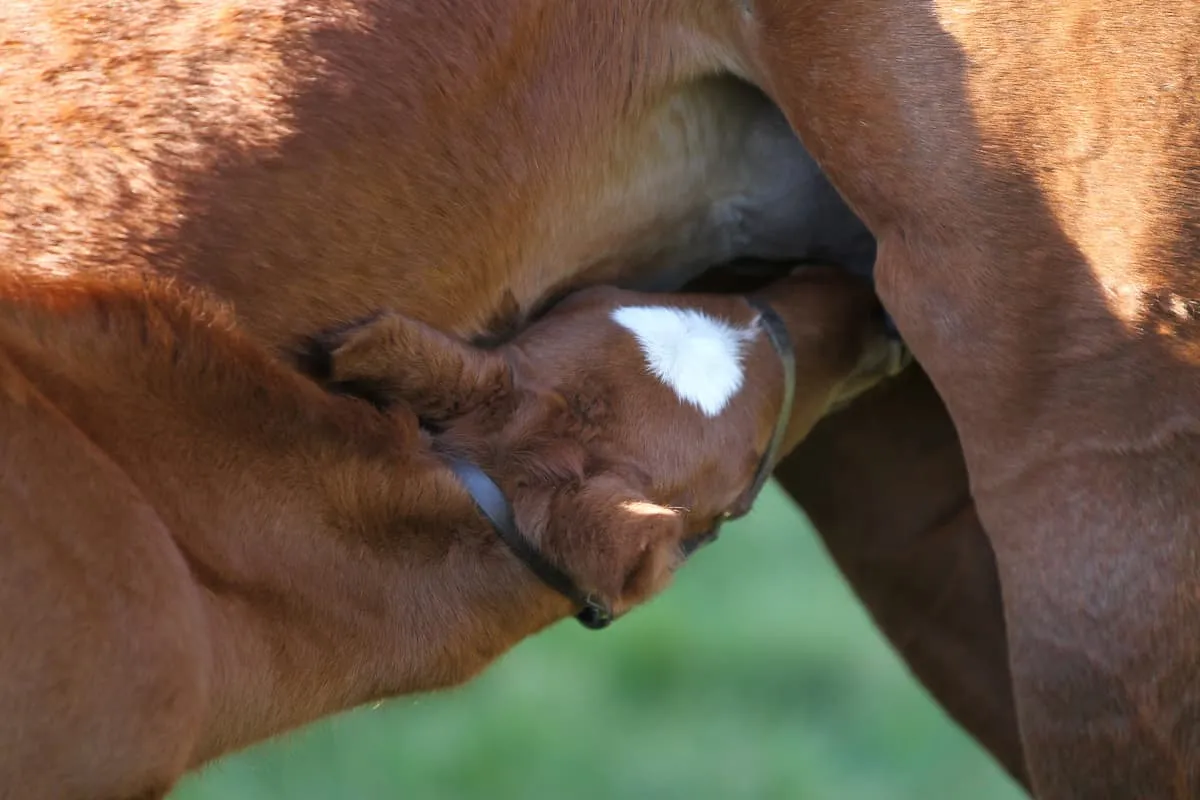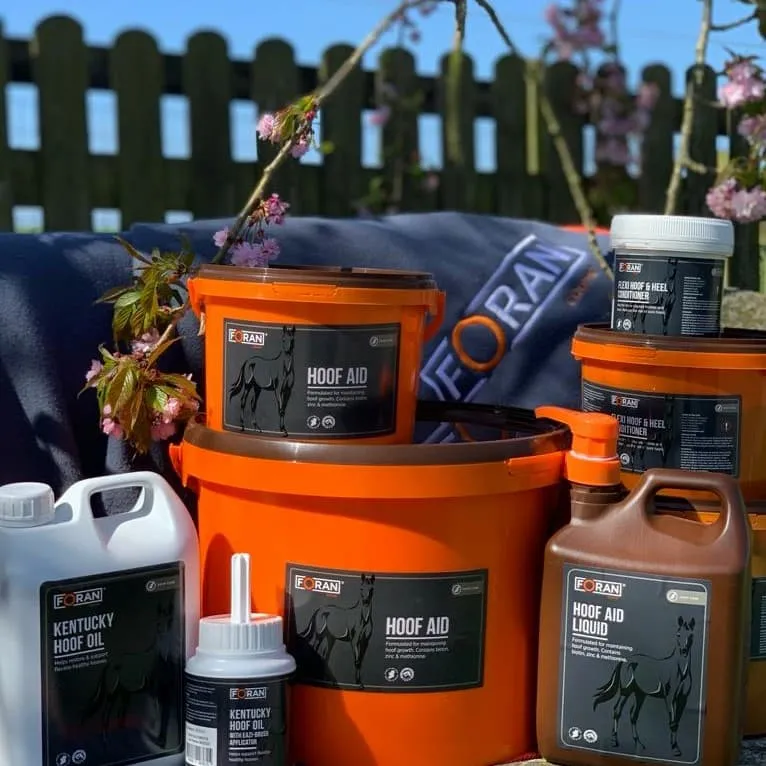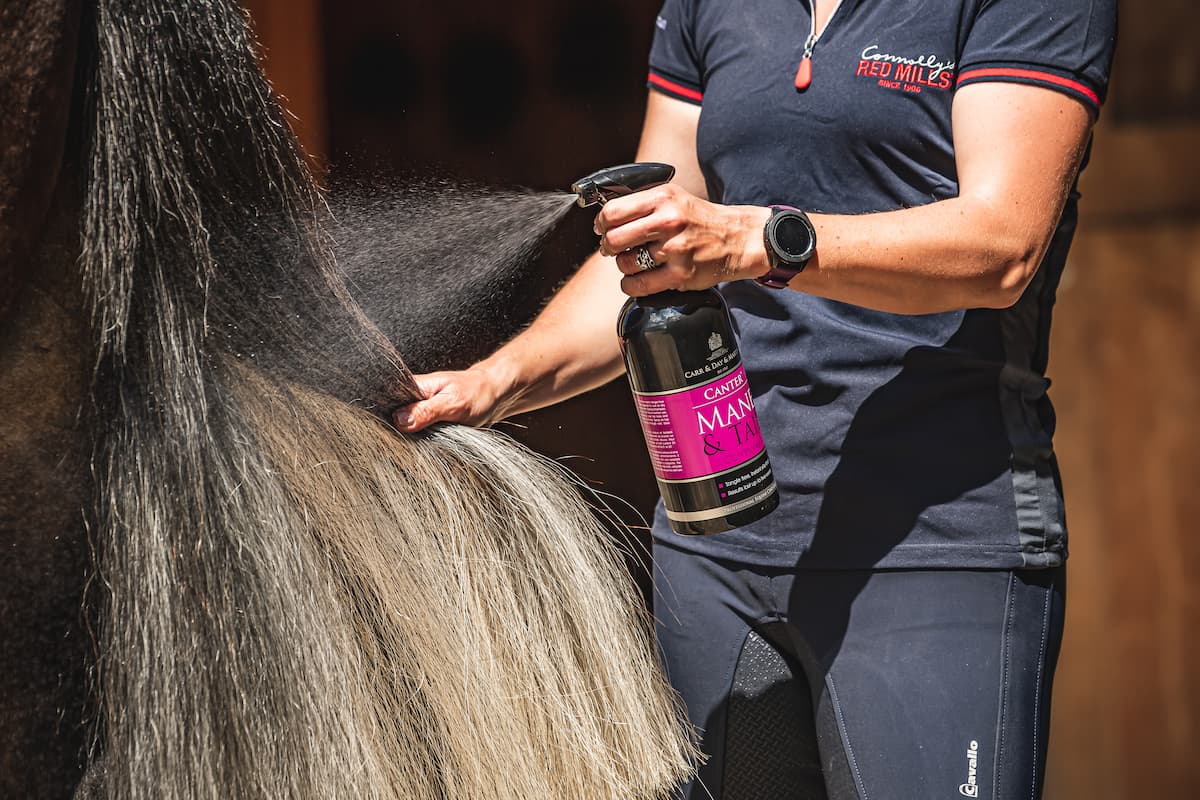Preparation is key to success when it comes to the foaling season, whether you have one mare to foal or fifty, there are some basic elements that should be included in your foaling kit. Having a foaling kit prepared in advance will avoid panic and provide piece of mind.
Your kit should include standard items needed for the foaling process, and those that may be needed in case of emergency. Like anything with horses, expect the unexpected. Whether you chose to allow your mare to foal out, or in a confined space such as a suitably bedded foaling box, good management and monitoring is vital.

An important consideration for your pregnant mare is to ensure that both her vaccination status and her de-worming programme are up to date. If your mare has had a Caslick’s procedure, then the suture line should be opened by your vet prior to your mare’s due date. Normal gestation for a mare is between 320 and 365 days, with the average being 341. It is imperative that on approach of the due date regular observation of the mare is carried out, to monitor for any physical changes that may indicate foaling is imminent.
Labour consists of three stages; Stage 1 – the time when uterine contractions begin / Stage 2 – the time from the waters breaking to the foal being delivered / Stage 3 – the passing of the placenta. It is important to familiarise yourself with these stages, and the accompanying problems which may arise.
Basic Items to be included in your Foaling Kit:
| Contact details |
For your vet and staff members in the event that help is needed |
| Charged phone |
To call the above in case of an emergency, it can also be used as a clock to record times |
| Important times to note: |
Mare beginning stage 1 of labour |
|
Foal being expelled |
|
Time taken to stand |
|
Time taken to nurse |
|
Time taken to pass meconium |
|
Time at which the placenta is expelled |
| Clean buckets |
To clean up after foaling, and to hold the placenta for examination. It is important to determine if the placenta is intact, and if not to inform your vet |
| Vet wrap or tail bandage |
To tie up the mare’s tail, to keep it out of the way during foaling |
| String or bailing twine |
Useful for tying up placenta |
| Rectal sleeves and examination gloves |
For assisting the delivery, or handling the new-born foal |
| Foaling ropes |
Colour coding these can be helpful |
| Scissors |
|
| Clean towels |
Cleaning the mare, cleaning yourself, you can never have enough clean towels |
| A suitable enema |
Administered to the foal to help with the passing of the meconium |
| Sterile lubricant. |
|
| Suitable antiseptic for the foal’s navel |
To prevent infection |
| Clean, calibrated measuring cup |
|
| Head collar & lead ropes |
Moving the mare during the foaling process |
| Torch & batteries |
You never know when the power may go and you will be left in the dark |
| Thermometer |
To ensure both mare and foal have normal temperatures post foaling |
We hope these tips and tricks for creating your foaling kit were useful. Best of luck for the foaling season, and we look forward to seeing photos of all the new additions.
For further information on feeding and nutrition, contact our experts
*Always consult with your veterinary surgeon should you have any queries, or concerns regarding your in-foal mare or foaling.




